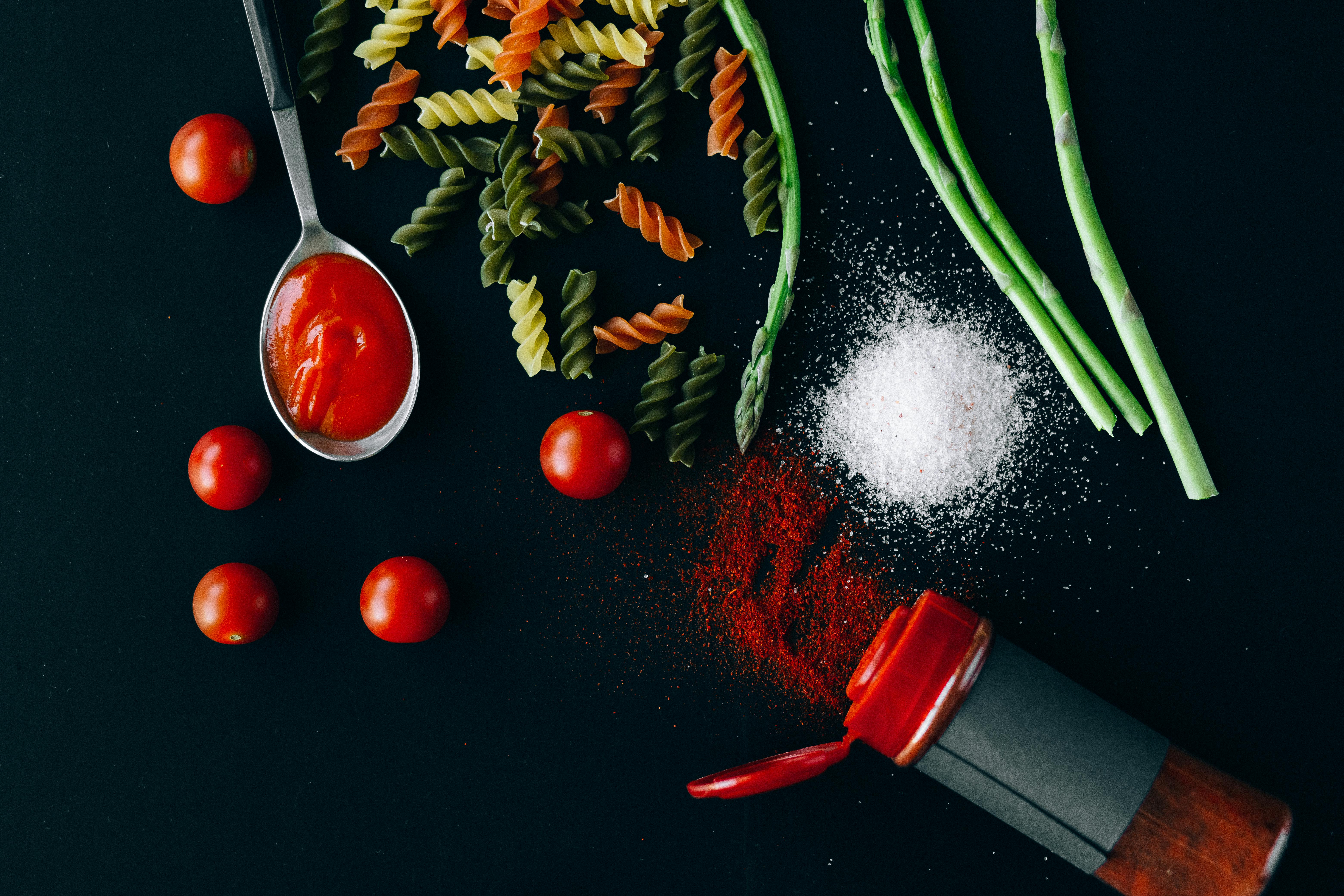
Ceramic tiles versus vitrified tiles
Since the beginning of time, ceramic tiles have been the popular choice for countertops, walls, floors, and even ceilings in every home. Vitrified tiles, on the other hand, have the distinctive facade of colored glass. The word “vitrify” literally refers to the phrase “transform into glass or anything that looks like glass by undergoing a heat process. If you really want to know what’s up with these two, you’d better check out the history of the tape, tiles ceramic versus vitrified tiles.
In terms of properties, ceramic and vitrified tiles are both man-made products and man-made products, as they are popularly called. Pottery is made of clay. The clay body is covered with a ceramic glaze. On the other hand, vitrified tiles are made by fusing silica and clay. The mixture is then heated or placed at very high temperatures, which would result in a non-porous tile with a glass-like texture. The vitrified type does not need additional enamel added.
Price wise, ceramic is definitely cheaper. However, both come in a wide variety of prices, colors, patterns, and sizes. But ceramics are much cheaper and are much more commonly used at home compared to vitrified ones. So when it comes to price, ceramic tiles are much more desirable than vitrified ones.
When it comes to durability, vitrified tiles are the sure winners. These tiles are much stronger than natural granite, which is one of the most durable products for modern homes. Vitrified tiles possess ceramic tiles when they have strength with respect to strength, ability to resist scratches, and ability to withstand acids, alkalis, and chemicals without damage.
The composition of vitrified tiles is homogeneous in nature. Ceramic tiles only have a decorative glaze on top of their clay layer. To achieve a glossy look, the vitrified tiles are hand-polished. However, ceramic tiles base their beauty on the durability of the enamel applied on them. However, most enamels are not as durable or scratch resistant and will yellow, crack and chip over time.
Both vitrified and ceramic tiles are difficult to stain due to their non-porous properties. However, the grout that sets them intact is the one most likely to stain.
Vitrified tile and ceramic tile maintenance are not far from each other. Both have almost similar ways of maintenance and cleaning. Both vitrified and ceramic do not need any special maintenance ritual after installation. Cleaning both types of tiles is not that difficult either. Both can be cleaned with a damp cloth. However, if the going gets tough, the tough gets harder. In cases where your tiles are very greasy, you can use strong cleaning chemicals like detergents and bleach. These chemicals are safe to use on any type of vitrified or ceramic tile. The non-porous surface of both tiles makes it impossible for mold and mildew to grow. That is why it is perfect for swimming pools, bathrooms and kitchens.